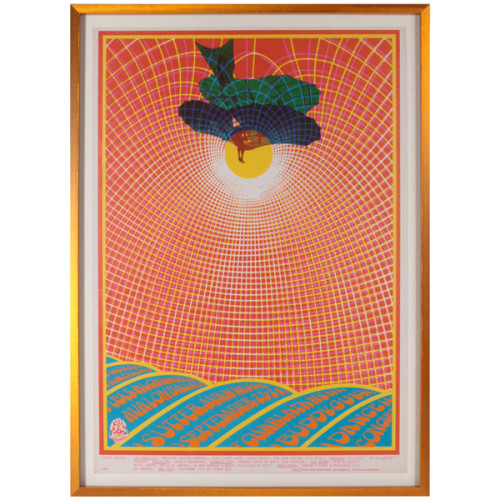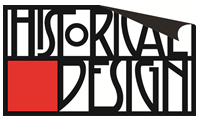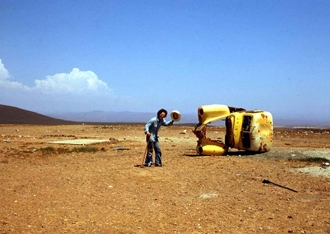Product Description
Robert Fried, The Charlatans, Buddy Guy, North American Ibis Alchemical Co. at the Avalon Ballroom, September 22-24, 1967, 1st edition



ROBERT FRIED USA
The Charlatans, Buddy Guy, North American Ibis Alchemical Co. at the Avalon Ballroom September 22-24, 1967
Marked: Fried 67 (in script), © Family Dog Productions 639 Gough Street San Francisco, Calif. 94102
H: 19 15/16” x W: 14”
Robert Fried, The Charlatans, Buddy Guy, North American Ibis Alchemical Co. at the Avalon Ballroom, September 22-24, 1967, 1st edition
KNOX MARTIN (1923-) USA
Eight 1958
Magna and oil on canvas
Signed: Knox Martin on lower left on front of canvas, Knox M on back of canvas
Marks: From: CORE, 38 Park Row, New York 38, NY, To: Martin, Knox, Eight, 1958, Magna/Oil, 30×40, 700. (paper label), Fischbach Gallery, 799 Madison Avenue, New York 21, Knox Martin, Eight, C.O.R.E., Price $700 (paper label), Mr. Ned L. Pines, 605 Park Ave., New York 21, NY (address label).
Exhibited: Fischbach Gallery, New York 1963; I. Jankowski Gallery, New York, 1975
Provenance: Personal Collection of the artist; Private Collection New York
Canvas: H: 40 1/4” x W: 26 1/4””
Framed: H: 52 3/8” x W: 38 3/8”
From 1957 to about 1964, the spirit of art in New York City was moving in directions for which Abstract Expressionism had not prepared us. By 1965, the strokes, swipes, drips, and splatters of New York painting had given way to cool, laconic representations of the most ordinary of ordinary objects. It was a transformation in artistic culture in which intellectual rewards replaced, or at least supplemented, visual ones, and the whole philosophical face of art was beginning to disclose itself in a particularly vivid way. I saw Knox Martin’s paintings as embodying this transformative moment. In them, I thought, the tension between the two rival philosophies of art could be felt. the way I saw them: they appeared at first glance to be collages, made of large, irregular, overlapping swatches of patterned cloth. Some of the swatches were striped, some appeared to be decorated with circles. It must be conceded that stripes and circles belong to the vocabulary of one kind of abstract art, while the irregular shapes, which felt as though they had been torn from bolts of material, belonged to another.
So one might properly claim that Martin was synthesizing an expressionist abstraction with a geometrical one. For me, however, Knox’s stripes and circles evoked the life of the circus: the striped tents, the loudly patterned costume of clowns. And Martin’s colors—pistachio, raspberry, banana—were festive and impudent. That is why I felt that the paintings referred to vernacular reality, as much so as Campbell Soup cans or Coca Cola bottles. The circus was a recurring theme in modernist art, and I thought it appropriate for late modernist painting to reduce the circus to patterned rags expressive of its raucous gaiety.
HANK PITCHER (b. 1949) U.S.A.
“Life Guard Tower” c. 2002
Oil on canvas
Signed (on back)
For more information see: Hank Pitcher Surf, exhibit. cat. (Santa Barbara: Sullivan Goss Gallery, 2003); Surfboard Wax – A History, Jefferson “Zuma Jay” Wagner (Atglen, PA: Schiffer Publishing Ltd., 2005).
Canvas H: 15 7/8” x W: 19 7/8”
Framed: H: 21 3/8” x W: 25 3/8”
Pitcher’s surfboard paintings are the symbol of California beach culture…strong, definite, positive and euphoric statements about life in California. The surfboard’s power as totem is seen in its power to convey identity: surfer, Californian, Hank Pitcher. All are identifiable from this symbolic representation. Hank Pitcher is the voice of California culture. At the beach, in the surf, approaching the foothills, in the mountains, on the spit of Point Conception, in the crags of Big Sur, at a beach campfire in Santa Barbara, Pitcher paints the icons of California’s culture.
Hank Pitcher’s paintings are grounded in a particular sense of place. He was born in Pasadena, California on July 20, 1949, but his family moved to Isla Vista, near Santa Barbara, when he was two years old. When they came to Isla Vista it was an outpost on the beach, and Goleta was a farm town where kids rode their horses down the avenue to buy candy at the store. He was a football star at San Marcos High School and was recruited by big-name universities. Instead of football, he chose to attend the College of Creative Studies, an alternative program within the University of California at Santa Barbara (UCSB) where he now teaches painting. He splits his time between painting and surfing, pursuing each with the commitment and energy of a linebacker.
